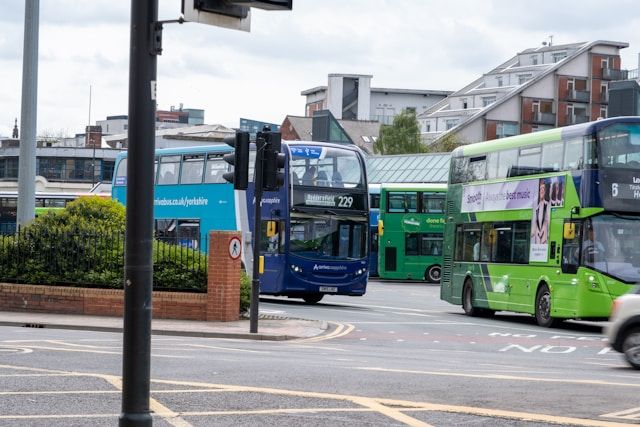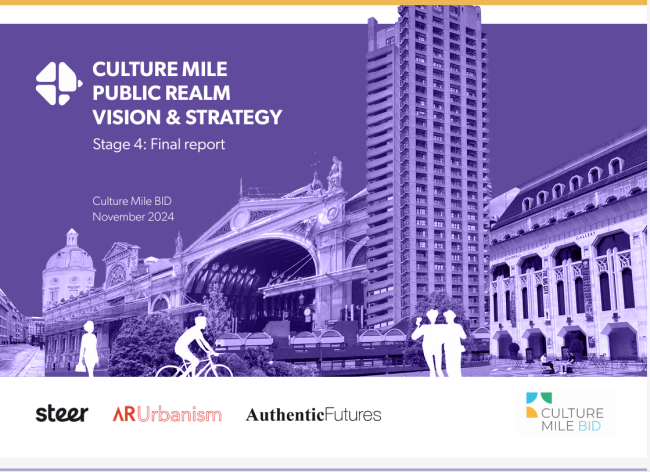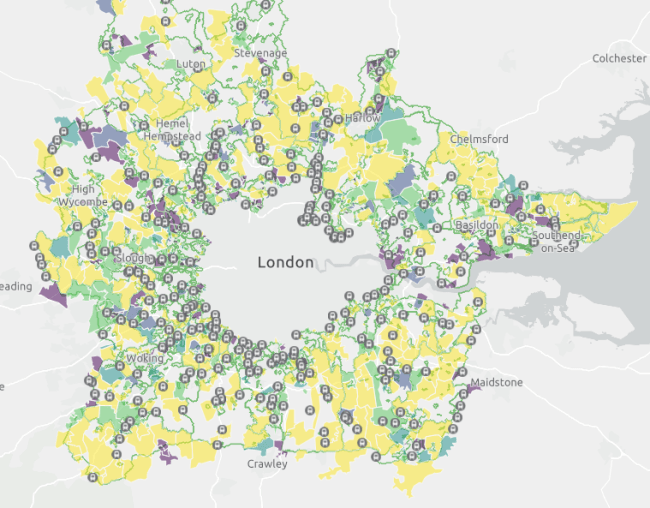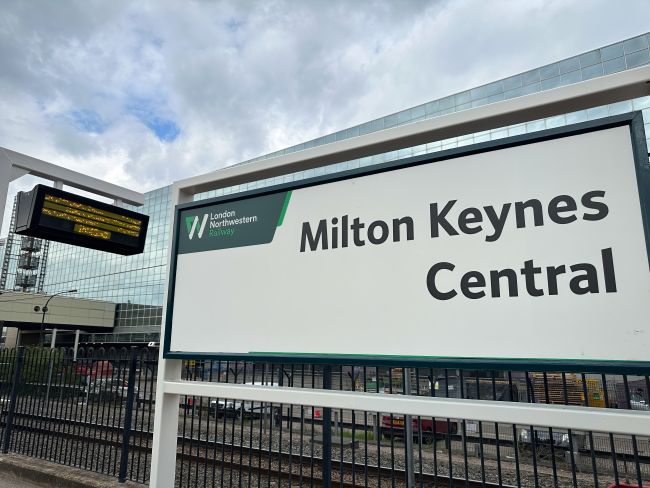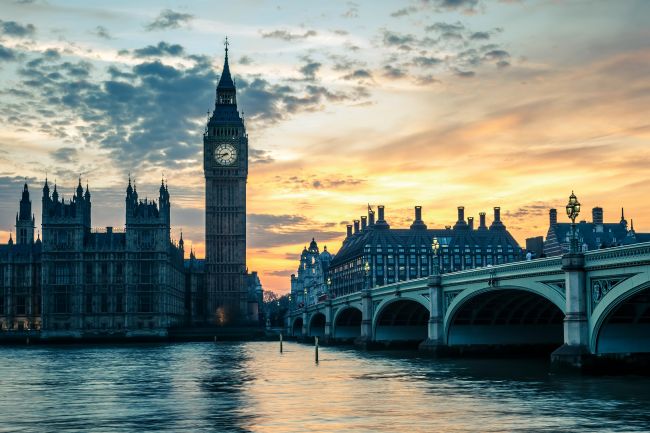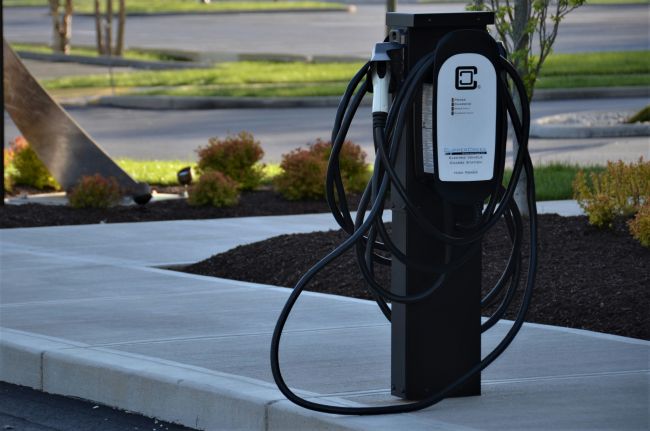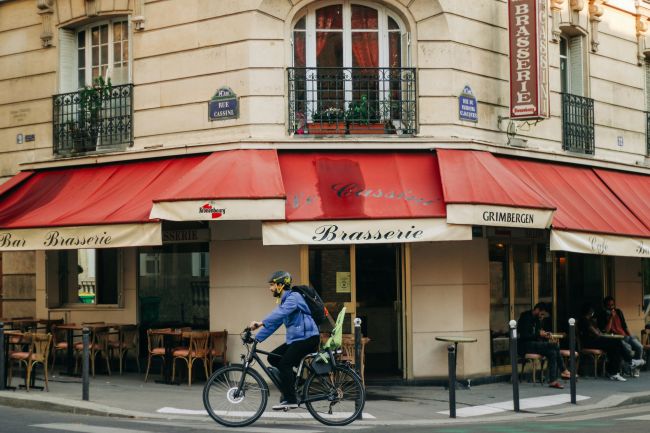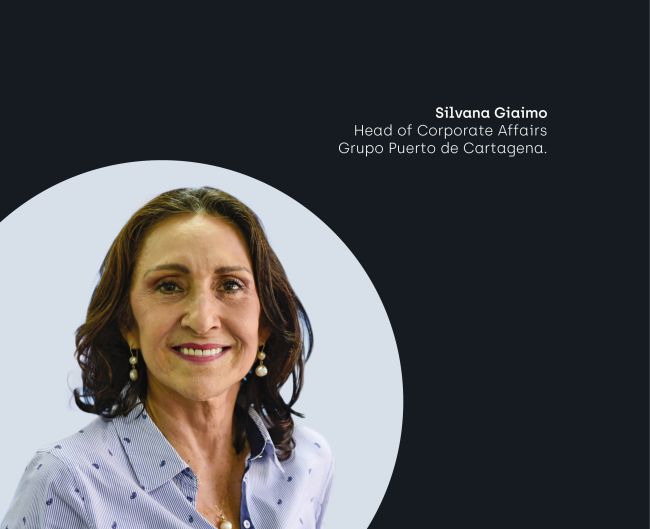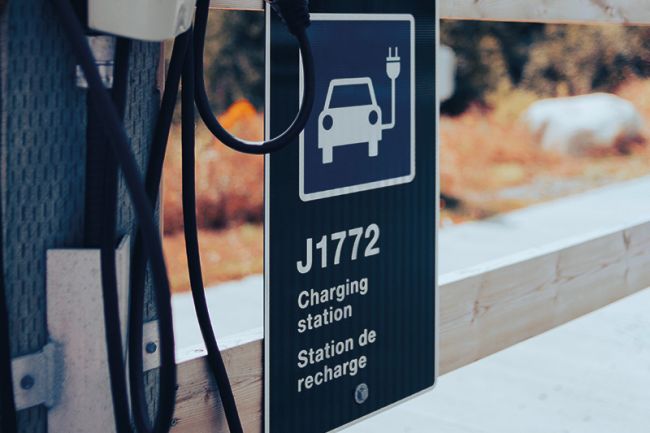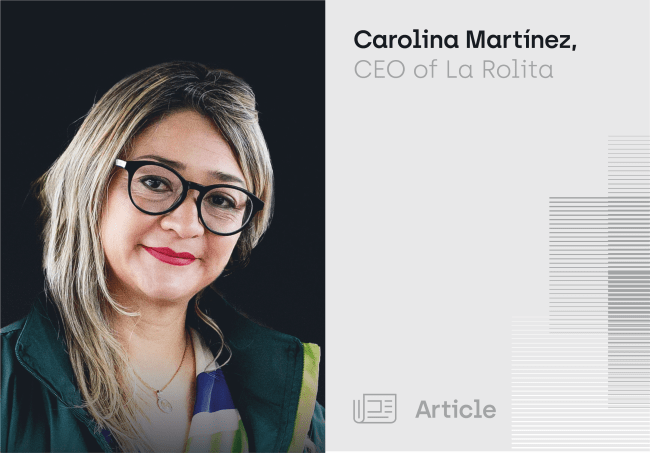Planning for women in our cities
At the end of the 90s, the city of Vienna decided to run a survey to gauge how residents used public transport.
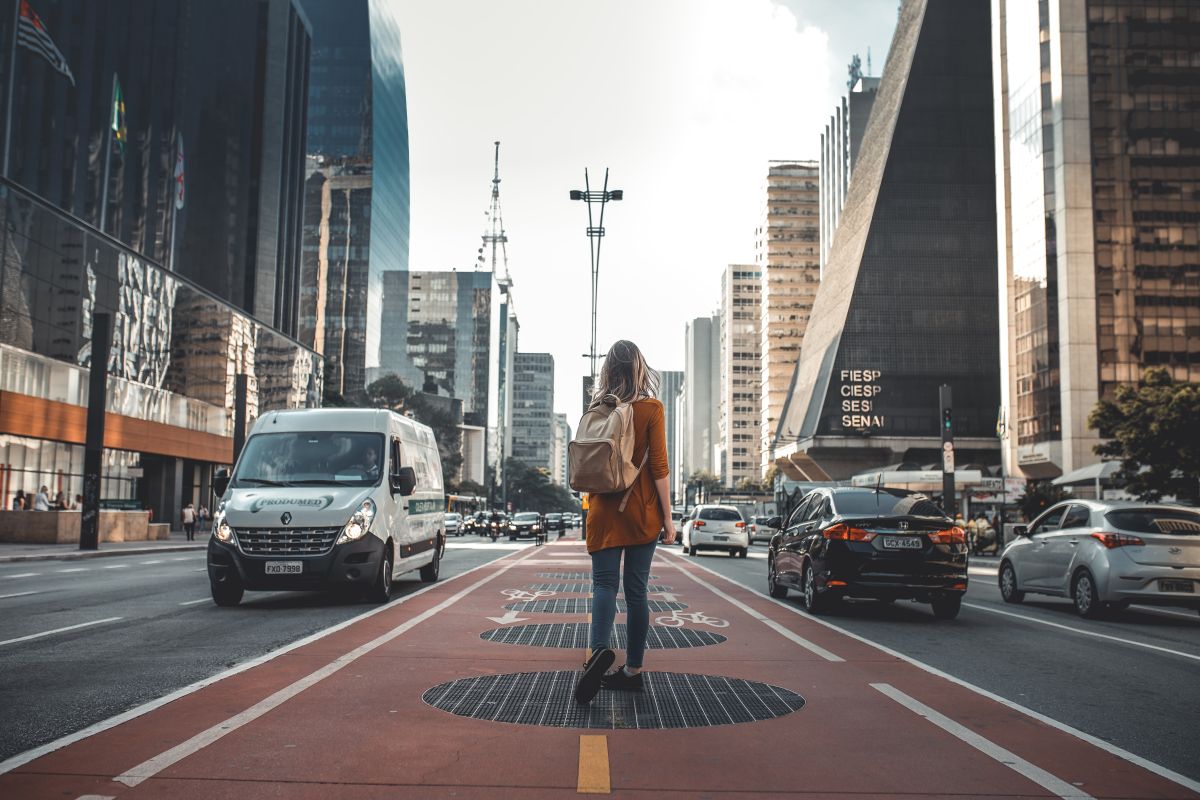
At the end of the 90s, the city of Vienna decided to run a survey to gauge how residents used public transport. It was all pretty routine until they began to notice something surprising: men were completing the questionnaires in just a few minutes while the women seemed to take forever.
The reason for this, it turned out, wasn’t anything to do with men being more business-like and women chattier, or any other sexist stereotype, but something much simpler. Women, they discovered, simply have more complex lives when it comes to moving around in cities. While a man would typically use a car, train or bus twice a day to travel to and from work, a woman would often be making multiple different journeys using multiple modes of transport, combining work, childcare and domestic tasks in complex patterns. Women use public transport more, they make more, and shorter journeys and they do much more walking. They are far more likely to be burdened with shopping or children and are highly aware of inadequacies in infrastructure such as handrails, steps and ramps as well as streetlighting and the width of walkways. In some ways, the two sexes hardly seemed to be living in the same city at all.
The Viennese findings have since been borne out in investigations in very different urban environments. A recent study run by Steer for the CAF (Development Bank of Latin America), for example, found that women used public transport in Mexico City very differently from men, and in similar ways to their Viennese equivalents. Journeys undertaken for caring purposes, such as picking someone up or taking children to school account for 35% of women’s journeys and these tend to be short distances with much more travelled on foot, about 58% in Mexico City. Unlike the men in their lives these women are also much more likely to be encumbered, either with children, or shopping, or elderly relatives, and that makes a big difference to what they are looking for from their transport, as anyone who has tried to get on a bus with a toddler, a day’s shopping and a buggy will tell you.
The implications of these findings are far-reaching for just about every aspect of transport planning. Integrated fare structures can have a far greater impact on women users, for example, because they are making many more ‘chained’ trips - journeys chopped into smaller segments using a variety of transport modes. The greater emphasis that women place on security – because of the greater risks faced by women in most cities – means that improving cycling infrastructure can have a disproportionately positive effect on encouraging women to cycle.
The challenge for planners is how to adapt so that we are no longer making designs that discount the needs of half of our users. Now that we have begun to understand the depth and breadth of the issues, we have the opportunity to make cities that are truly inclusive, to the benefit of both women and men and marginalised groups made up of both and neither. Everybody wins when the barriers to participation are knocked down, but to do it, we must learn to ask the right questions. The trouble with entrenched differences such as gender is that they are sometimes invisible, or hard to articulate, even to the affected individuals, but even small changes to practice can tease them out. When we change user surveys to ask if the individual is travelling alone or accompanied, we get a completely different picture of how a mode of transport is being used and why.
Steer is putting these ideas into practice in Mexico, as part of the Future Cities programme, and beyond. Future Cities, which is a consortium led by PwC, is a three-year project which aims to transform public transport provision in the target cities in Mexico. It is not the first public transport project with transformational aspirations, but it may be the most ambitious yet in terms of gender equality. We hope that the trail we blaze will set a standard that will radically alter how gender is perceived in planning across the world.
It is difficult to overstate the benefits to women and other marginalised groups that thoughtfully planned gender-aware places might bring. In many parts of the world women still feel under serious threat when travelling alone, even in daylight hours, for example, and that fear places a limit on freedom. Cities designed more thoughtfully for women can go far towards reducing that danger and liberating their female citizens, and other marginalised groups. In Mexico City, where a recent UN report found that 77% of women felt unsafe using public transport, for example, Steer has helped to re-design the night bus system which until recently has been pretty much the preserve of men but the safety focus is only one part of a much broader strategy. Too often, in the past, women’s safety was understood as a discrete problem to be solved with lighting, CCTV, and segregation, but we need to learn to think of it as part of something much bigger, just one part of a network of ideas that keeps women at the centre of planning and design.
When Vienna discovered its invisible women, it responded with energy and imagination, improving access to public transport, adding ramps, widening walkways and providing better lighting. But the most important change they made was to build an awareness of gender difference into all future planning, as part of their ‘mainstreaming gender’ initiative. From now on, the question would always be asked: ‘does this also address women’s needs?’ That is where Steer and our partners start from: asking the right questions.
Women make up half the world, but do not always take up half of its resources. Putting that right is going to be as exciting as it is challenging. The legacy will be places to live that are everywhere subtly transformed, where everyone, at last, is treated with equal respect, to be seen and heard, where nobody is invisible any more.

